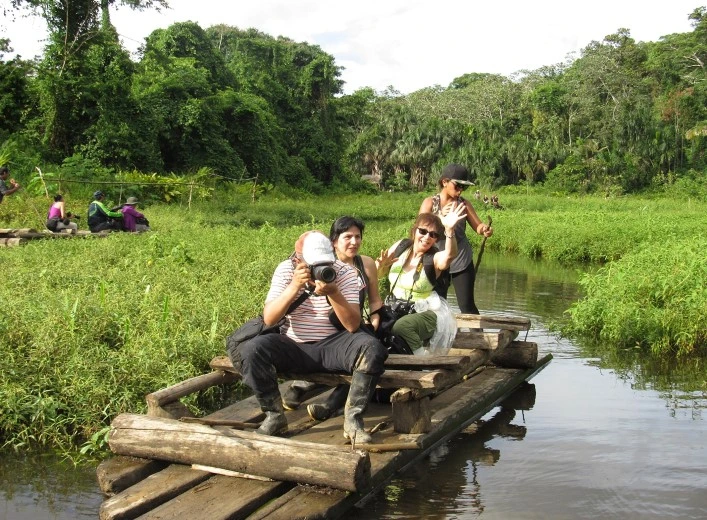Explore the Manu National Park Biosphere Reserve in August, the Peruvian Amazon rainforest, and enjoy drier days, clear trails, and the impressive biodiversity of Manu. Manu National Park is a Biosphere Reserve and World Heritage Site in Peru with more than 1,500,000 hectares of Amazon rainforest. It is home to an incredible biodiversity: around 1,025 bird species and more than 1,000 species of vertebrates (monkeys, jaguars, giant otters, etc.) have been identified. August falls within the dry season in Manu, when it rains very little. With daytime temperatures ranging from 21 to 33 °C (70 to 91 °F) and only about 72 mm (2.8 inches) of rainfall during the entire month, August offers ideal conditions for exploring the jungle. This time of year allows for walkable trails and better wildlife sightings, which is why many travelers choose to visit Manu in August.
Advantages of visiting the Manu National Park Biosphere Reserve in August
In August, the Manu rainforest offers many advantages:
- Dry season: It barely rains and the trails are dry, making it easier to walk without mud.
- Better wildlife viewing: Animals (monkeys, birds, caimans, etc.) tend to gather near rivers and wetlands when there is little rain, making them easier to spot.
- Comfortable hiking: Long days with warm temperatures are perfect for morning hikes.
- Accessible adventures: Boat rides on the rivers, photo safaris, and guided tours operate at full capacity; there are specialized tours with expert guides and comfortable lodges.
- Fewer annoying insects: The dry season usually has fewer mosquitoes than the rainy season.
- Well-organized high season: August is high season in Manu, so specialized agencies like Peru Jungle Trips offer packages with knowledgeable guides and well-planned itineraries.
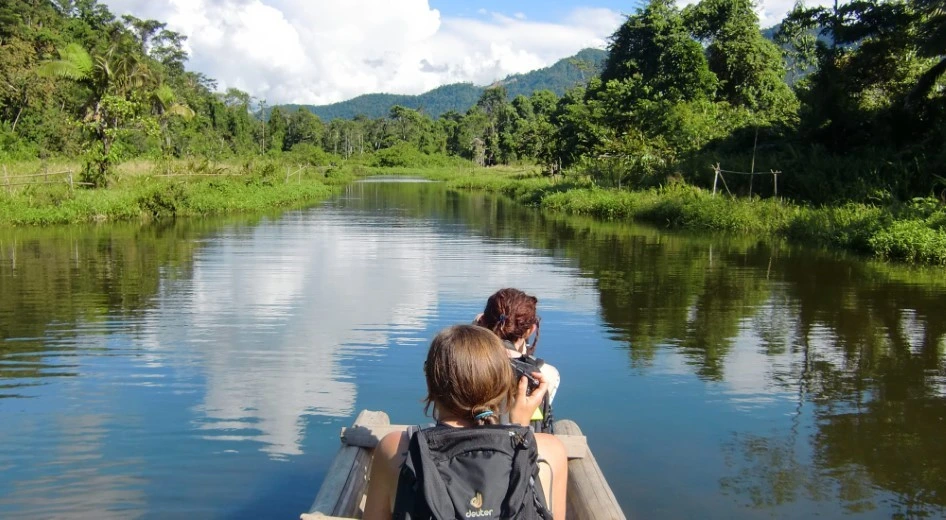
Disadvantages of visiting the Manu National Park Biosphere Reserve in August
However, there are also disadvantages to consider:
- More tourists: Since it’s high season, tours often sell out and prices may increase. It’s wise to book in advance.
- Intense sun: The sun is strong (high UV index), so it’s important to protect yourself with a hat, sunglasses, and sunscreen.
- Heat and sweat: Temperatures near 30 °C (86 °F) during the day can feel overwhelming at midday.
- Physical demand: Jungle hikes are long and demanding. You’ll need to be in good physical condition.
- Drier jungle: The vegetation looks less lush and trails may be dusty.
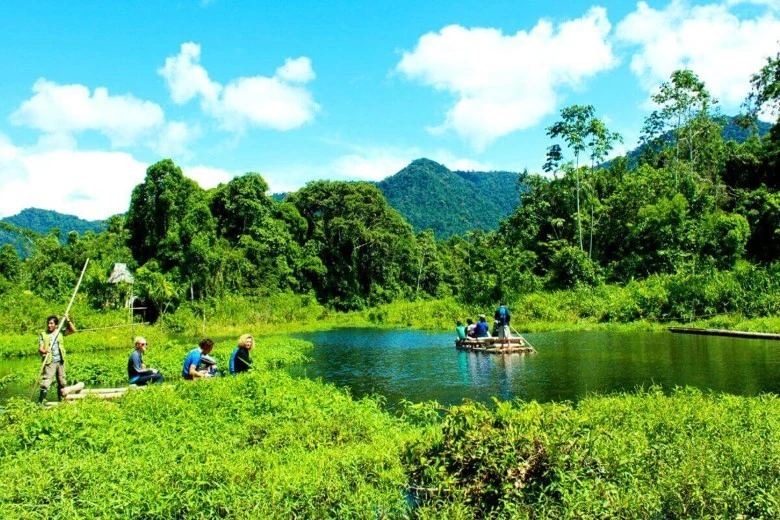
Climate in the Manu National Park Biosphere Reserve in August
The climate in Manu National Park in August is warm and mostly dry:
- Temperatures: Lows around 21 °C (70 °F) at dawn and highs near 33 °C (91 °F) at midday. At night, it may drop to 17–18 °C (62–64 °F) in higher areas.
- Rainfall: Only about 72 mm (2.8 inches) of rain throughout the month.
- Daylight hours: Around 11 hours and 43 minutes of sunlight, allowing you to make the most of your daily excursions.
These conditions make August an ideal month to explore Manu. The low rainfall and moderate heat make for comfortable hikes and enjoyable wildlife viewing.
What to do in Manu National Park in August
In Manu, you can spot exotic animals such as macaws, monkeys, and caimans. Among the must-do activities are:
- Wildlife watching: With expert guides, photo tours are offered to spot monkeys, macaws, caimans, giant otters, and even jaguars in their natural habitat.
- Jungle trekking: Guided hikes reveal waterfalls, giant trees, and unique tropical flora.
- Birdwatching: With more than 800 recorded species, Manu is a paradise for bird lovers: macaws, toucans, and hummingbirds are easy to spot.
- Boat or canoe rides: Navigating rivers allows you to see river birds, caimans, and giant otters.
- Cultural tours: Visits to indigenous communities like the Matsiguenkas, with a respectful exchange of traditions.
- Biological stations: You can visit scientific research areas, such as Cocha Cashu.
In addition, in August you can take night hikes, sunrise photo safaris, and relax by the river. In short: hiking, boat rides, and specialized tours offer a total immersion in the Amazon.
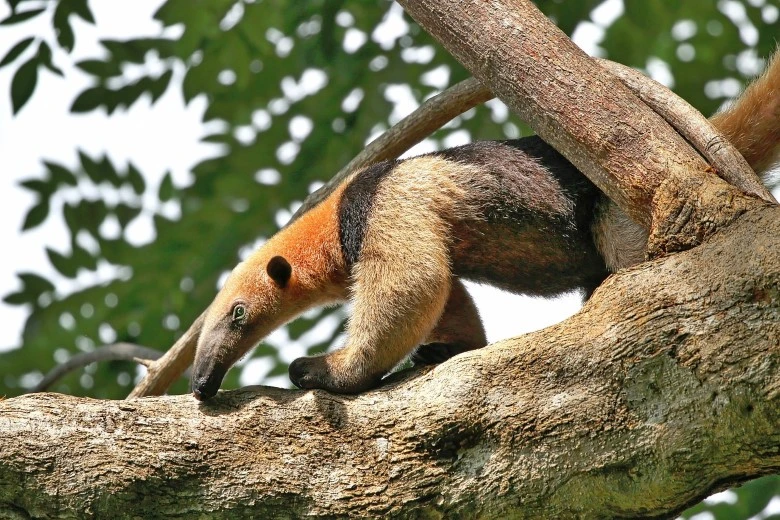
What to pack for Manu National Park in August
In August, the weather is dry and hot, but it’s still tropical rainforest. Here’s an essential packing list:
- Sturdy backpack (30–40 L): Spacious and comfortable. Use dry bags inside.
- Lightweight, quick-dry clothing: Synthetic long-sleeve shirts and pants. Also bring a light jacket for cooler moments.
- Appropriate footwear: Waterproof hiking boots or rubber boots.
- Protection from insects and sun: DEET repellent, mosquito net, sunscreen, hat, and sunglasses.
- Basic first aid kit: Antiseptics, personal medication, anti-itch cream, water purifiers.
- Practical accessories: Headlamp, pocketknife, camera, small ropes.
- Energy snacks: Granola bars, dried fruits, chocolate.
In summary, pack with heat, occasional rain, and insects in mind: lightweight clothing, good shoes, sun/insect protection, and first aid essentials.
Frequently Asked Questions about Manu National Park in August
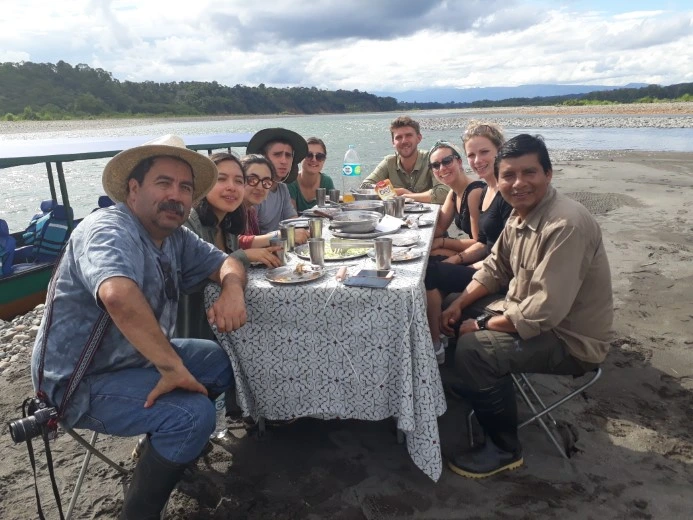
1. Why visit the biosphere of Manu National Park in August?
Visiting the Manu biosphere in August is an excellent choice because it coincides with the dry season, meaning there’s little rain and the weather is more stable and predictable. These climatic conditions favor wildlife observation, as animals tend to come closer to water sources. They also make hiking safer and more pleasant, allowing for a more comfortable exploration of the natural richness of this incredible reserve.
2. What is the best time to travel to Manu National Park?
The best time to travel to Manu National Park is during the dry season, which runs from May to October, as these months offer the most favorable weather conditions for tourism. In particular, August stands out as one of the months with the least rainfall, providing better trail visibility and increased chances to spot wildlife in this spectacular natural reserve.
3. What clothes should I bring to Manu National Park in August?
Light long-sleeved clothing, long pants, waterproof footwear, rain poncho, hat or cap, sunscreen, and insect repellent.
4. Do I need a guide or special permit to visit Manu National Park?
Yes. Access is regulated by SERNANP. You can only enter with organized tours and authorized guides.
5. What animals can I see when visiting Manu National Park?
When visiting Manu National Park, you can spot an incredible variety of animals, including monkeys, macaws, caimans, otters, tapirs, and, with a bit of luck, even jaguars. Moreover, the park is home to one of the highest bird diversities in the world, with over 1,025 bird species recorded, making it a paradise for nature lovers and wildlife watchers.
6. How many days are recommended to explore Manu National Park?
It is recommended to spend at least 4 to 7 days to fully explore Manu National Park, as this amount of time allows you to calmly visit its different zones, enjoy the diverse landscapes, and increase your chances of spotting wildlife in their natural habitat. Shorter visits may limit your experience and reduce the chance to appreciate everything this amazing reserve has to offer.
7. Is it safe to visit Manu National Park in August?
Yes, as long as you go with professional guides. The tourist zones are equipped with safe eco-lodges.
8. How do I get to Manu National Park from Cusco or Madre de Dios?
There are tourist buses that leave from Cusco (a 6–8 hour trip via road and trails) and flights or buses to Puerto Maldonado, from where you continue by motorized canoe to the reserve. Most tour operators include both land and river transport.
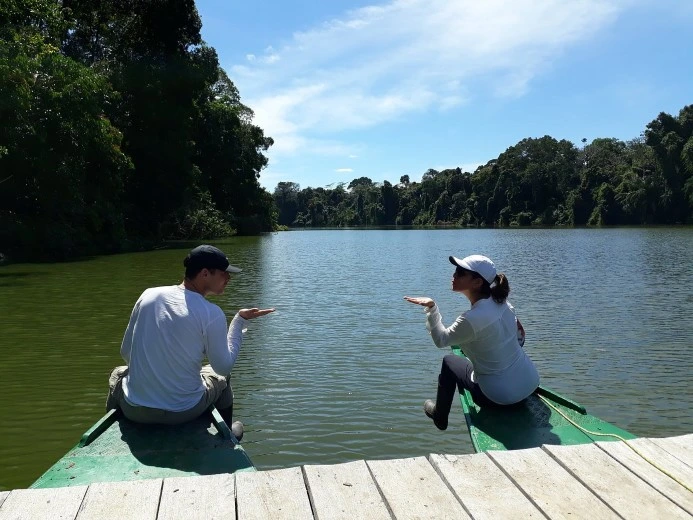
Visiting Manu National Park in August is an unforgettable adventure in the Peruvian jungle. Thanks to the dry weather and the variety of activities, you’ll be able to make the most of your trip. For an organized and enriching experience, we recommend booking with the agency Peru Jungle Trips, which offers expert guides and full logistics to explore Manu with total safety and comfort.
Manu National Park tours you may be interested in:
- Manu National Park Tour (3 Days)
- Manu Jungle Tour (4 Days)
- Manu National Reserve (5 Days)
- Manu Reserved Zone (6 Days)
- Manu Amazon Rainforest Expeditions (7 Days)
Explore the Manu National Park reserve in July: Discover the advantages, disadvantages, and how to make the most of your trip.
➜ Manu National Park in July: Advantages and Disadvantages
Learn everything about Manu National Park in September: climate, what to pack, pros and cons.
➜ Manu National Park in September: Pros and Cons of Visiting the Biosphere

